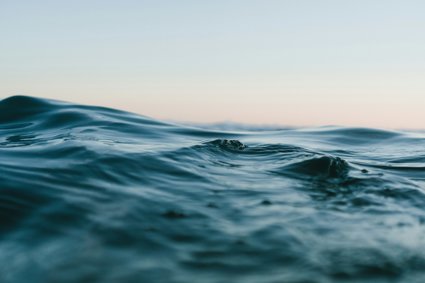
Lesson three: Practical task
Key question
How can the process of ocean acidification be replicated in the laboratory, enabling us to consider its potential impacts on global ecosystems?
Aim
To carry out two experiments to investigate ocean acidification:
-
An experiment to determine the effect of increase CO₂ on the pH of saltwater
-
An experiment to determine the effect of increased saltwater acidity on the calcium carbonate shells and skeletons of marine organisms
Starter
Watch the video clip 'Back in the lab' which explains how water samples collected in the Arctic are analysed back home in the laboratory.
Main Activity
Design your own experiment!
You will be provided with access to a set of equipment and materials from the list below. Your task, in groups, is to design an experiment which tests one of two hypotheses:
-
An increase in CO₂ will cause an increase in the acidity levels of saltwater (a decrease in pH)
-
An increase in saltwater acidity (a decrease in pH) will alter the structure of calcium carbonate shells
List of available equipment/materials:
-
Sea water or water and salt (so you can make your own)
-
Litmus paper or pH meter
-
Sea shells or eggs
-
Sea shells that have been soaked in vinegar solution for 48 hours
-
Beakers
-
Straws
-
White vinegar
-
Stopwatch
-
Measuring jug
-
Tablespoon
-
Heavy books
Tip: If you are mixing your own seawater, the concentration of salt is approximately Three and a half per cent (or 35,000 parts per million), which equates to 35 grams per litre. One level tablespoon is approximately 18 grams.
In designing your experiment you should include the following:
-
A list of the equipment required
-
The method (instructions for carrying out the experiment) in bullet point format
-
A labelled diagram so that someone could replicate your experiment
-
A table in which you could record your results
-
Once you have designed your experiment, put it into practice.
If you have access to video recording equipment, film your group carrying out your experiment whilst giving a commentary on what they are doing and why. Record your findings in the table you created.
Following your experiment, describe what you found and explain your results.
Include answers to the following questions in your explanation:
-
Did you prove or disprove the hypothesis?
-
Using your knowledge of ocean acidification, can you explain your findings?
-
What have you learnt about the process of ocean acidification from your experiment?
-
What are the limitations to your experiment?
-
How could your experiment be improved?
If you do nt have any video recording equipment, why not record some audio instead, or you can write down your analysis.
Note for teachers - alternative activity
As an alternative to students designing and carrying out their own experiments, the following two documents give step-by-step instructions for two experiments to investigate the same hypotheses. The same equipment will be required, and questions are provided for students to complete. Again, video recording equipment could be used to film students conducting the experiments and explaining their results.
Experiment one: Investigating the effect of carbon dioxide on the acidity of water
Experiment two: Investigating the effect of acidity on the shells of sea creatures
Plenary
Who is affected by ocean acidification?
Look for the following images online:
Amphipod
Copepod
Diatom
They are all images of microorganisms that inhabit the Arctic Ocean. Carry out some internet research to find out about your microorganism, and annotate your photo with the information you have found, including most importantly, any physiological features that means it might be particularly vulnerable to the effects of ocean acidification.
The video clip (WMV) is also quite interesting as it shows two microorganisms, a copepod and a fish larva, moving through the water of the ice sampling hole.
Now find out where your microorganism lies in the Arctic Ocean food web and draw a diagram to show this.
What are the wider implications of ocean acidification for the food web of this region?
Other documents
Teacher notes – setting up the experiments
